Elise Bentley
From Dungeons & Dragons to Fortune 500 – Running a Large Commercial Open-Source project
#1about 2 minutes
The journey of TinyMCE from open source to commercial success
TinyMCE evolved from a two-person project into a major commercial open-source editor through a key merger and over 20 years of continuous development.
#2about 2 minutes
Building a strategic partnership between product and marketing
A successful marketing team acts as a strategic partner to product and engineering by deeply understanding customer pain points to shape the product roadmap.
#3about 1 minute
Adopting the open core model for sustainable growth
The open core model allows TinyMCE to keep its core product free for the community while developing premium features for a small percentage of paying users.
#4about 1 minute
Creating a product that genuinely solves user problems
The first step to growth is building a product that addresses real user pain points, like the PowerPaste feature solving copy-paste formatting issues.
#5about 2 minutes
Choosing the right open source license for your goals
Selecting an appropriate license, like the permissive MIT license, is crucial for achieving goals like widespread adoption and community building.
#6about 3 minutes
Building brand recognition for your open source product
Gaining traction requires creative brand recognition tactics, such as leveraging integrations with major platforms like WordPress or adding a subtle, removable logo.
#7about 3 minutes
Educating the market and tying premium features to pain
Successfully commercializing requires educating the community about premium features and demonstrating how they solve significant pain points for paying customers.
#8about 3 minutes
Learning from pricing and packaging mistakes
Key mistakes included incorrectly moving features to the commercial tier and creating an overly complex pricing structure with hundreds of options.
#9about 1 minute
Achieving significant growth with the open core model
The open core model led to significant growth, increasing from 30 to over 200 employees and reaching over $25 million in annual recurring revenue.
#10about 2 minutes
How to maintain and innovate on the open source core
To prevent the open source version from stagnating, dedicated engineering teams work exclusively on maintaining and improving the core product.
Related jobs
Jobs that call for the skills explored in this talk.
Featured Partners
Related Videos
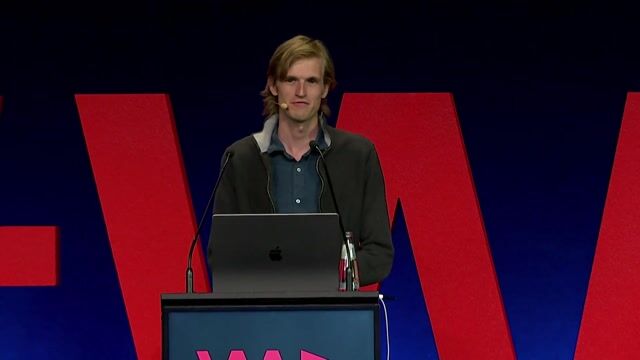 09:50
09:50The Snowball Effect of Open Source
Armin Ronacher
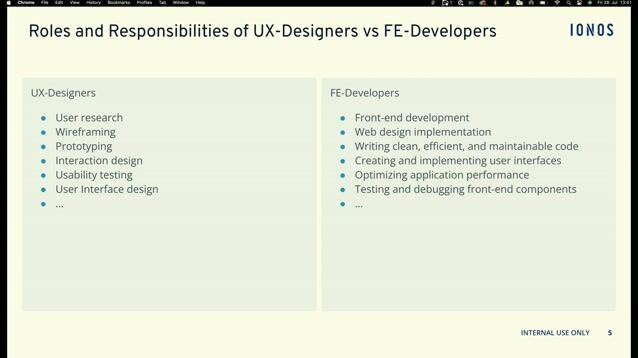 06:16
06:16Bridging the Gap
Philipp Kremer
 59:18
59:18Can you build a career in open source?
Stormy Peters
 13:57
13:57DB UX Design System – How we’ve open sourced our largest inner source project
Anna Schoderer & Maximilian Franzke
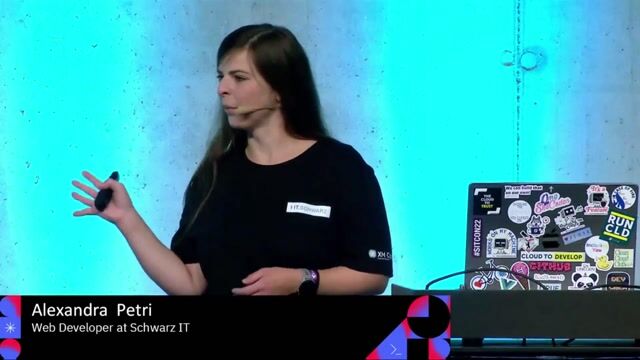 28:16
28:16Navigating the Corporate Jungle: Life as a Developer in a large Company
Alexandra Petri
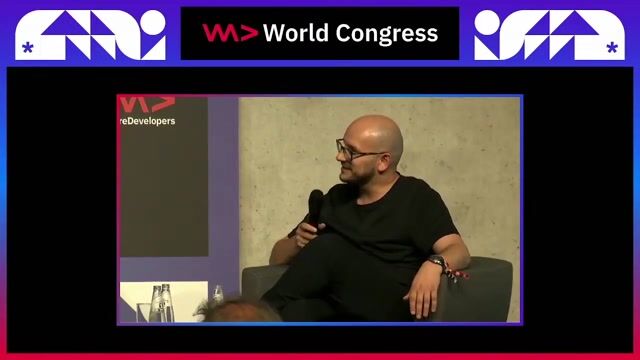 31:15
31:15The Power of Developer Communities
Scott Hanselman, Rajeev Rajan, Sead Ahmetovic & Angie Jones
 54:22
54:22Breaking Down Silos Between Design and Development
Erica Rider & Stan Carrico
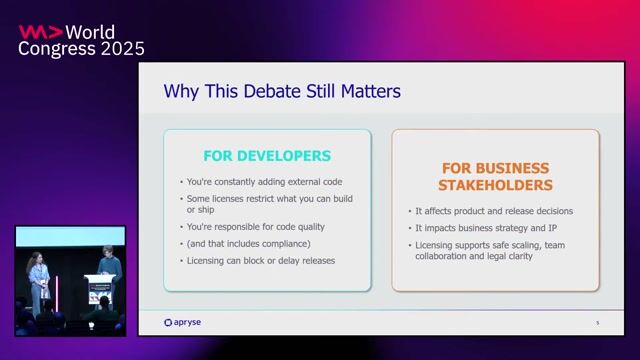 24:51
24:51Kettle and Pot or Peas in a Pod? A Debate on Open-Source and Proprietary Software
Kevin & Roxana Crisan
From learning to earning
Jobs that call for the skills explored in this talk.
Product Owner - web app - growth
leadtech
Barcelona, Spain
Remote
Scrum
A/B testing
Google Analytics
Agile Methodologies
Product Owner - web app - growth
leadtech
Municipality of Madrid, Spain
Remote
Scrum
A/B testing
Google Analytics
Agile Methodologies
Front-end Product Owner
Sqills
Enschede, Netherlands
JIRA
DevOps
Confluence
Agile Methodologies
Continuous Delivery
+1
Product Owner
MSX International
Développeur·se Full Stack (WordPress & Vue.js)
EcloLINK
Canton of Dijon-2, France
Remote
€22K
Intermediate
PHP
CSS
DNS
+12
Technical Product Owner - Spain - Remote (2 days a month travel)
Futureheads Recruitment | B Corp
Municipality of Madrid, Spain
Product Owner - Digital
Mia Interactive
's-Hertogenbosch, Netherlands


